Workspace Efficiency for Success 101: Key Points to Consider When Designing Your Office
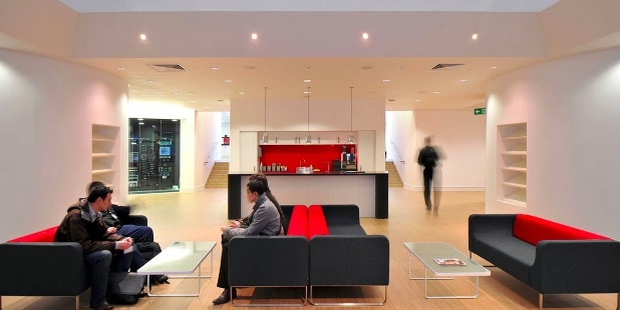
For most people, working in an office space is very important because they are able to perform their daily tasks with ease and efficiency. But the problem with most businesses is that not all office spaces are created equal. In fact, there have been instances where people feel stressed and less inclined to exhibit a high level of productivity because they feel uncomfortable working in an environment that isn’t conducive for working.
Most people may not realize this, but having a well-designed office area is paramount because the human brain is wired to perform better when it is exposed to spaces that provide optimal levels of comfort and convenience. Such elements are absolutely necessary because employees aren’t able to do their jobs properly unless they are housed in offices that increases labor performance while also reducing high levels of stress and anxiety.
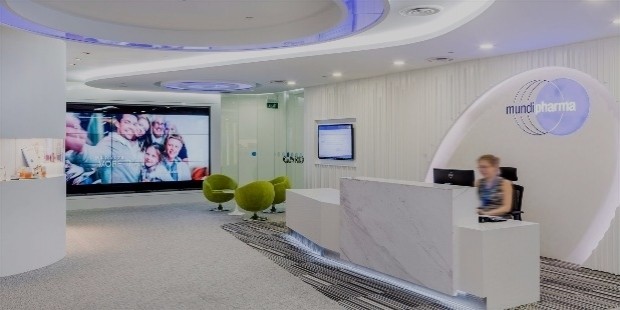
Because people spend a lot of their time at work on a typical workweek, the ideal scenario should be that offices must address the concerns of an entire workforce since a large group of people will likely be sent into a tailspin if their working environment is poorly designed and inadequately furnished. That is why businesses should be mindful about intelligent interior design for office spaces so that they won’t encounter any problems.
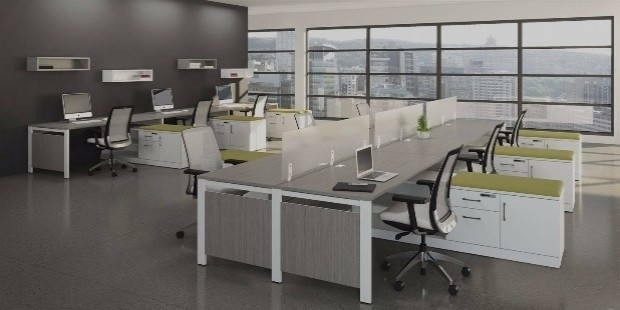
The key to understanding why interior design is vital for the workplace is parallel to the fundamental reason why our household spaces should also be properly planned. It all comes down to the concepts of ease and potency because when people are in a state of relaxation, the better their chances of enhancing their mental faculties. And when that happens, it causes a positive chain reaction that leads to improved productivity levels.
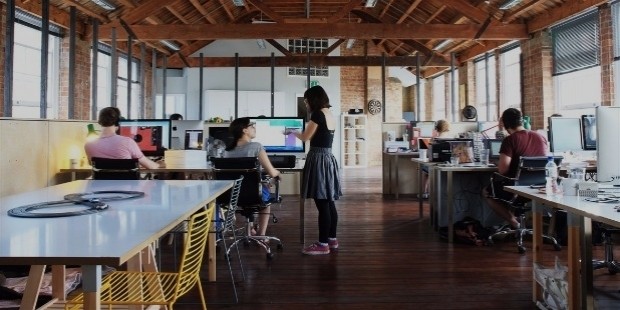
Although designing your office space might be a bit of a challenge, it’s not exactly an impossible task to achieve. An in-depth consultation with a professional interior designer is recommended should you find this project to require a critical and objective eye. Otherwise, you should be able to manage this job with relative ease if you feel you can do it yourself. Take a look at the guidelines below for more helpful information on this subject matter.
Identify the core design elements
Everything begins and ends with careful planning and evaluation of your workspace since nothing will work unless you’ve thought about how everything must function and coexist within the same area. When in doubt about how you should start the interior design process, remember this helpful acronym: ULASU. This basically stands for the five core elements that comprise smart and effective interior design for offices.
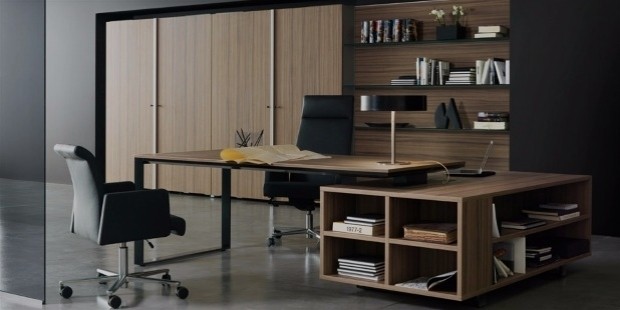
First, you must understand the importance of overall usage in order to know how your office will operate. Second, it’s essential to pay attention to the floor layout to avoid logistical problems. Third, you should never underestimate the value of aesthetics as functionality needs to have some pleasing form. Fourth, you have to place emphasis on ample storage space. Finally, offices must at least have some semblance of uniformity to achieve a sense of balance and harmony.
Consider the needs of the workforce
Rather than enforcing a cookie-cutter office layout upon your employees, it’s much more intuitive for you to base the design of your workspace according to your needs and that of your colleagues. An office will feel more natural and adaptive if it is designed to cater to what people need as opposed to having the design dictate what they need to do, thereby eliminating the possibility of employee frustrations emerging from the woodwork.
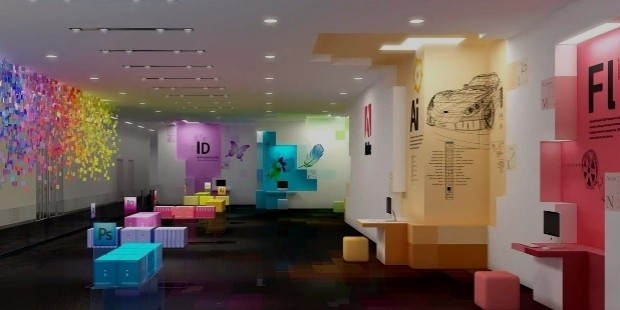
For instance, if your company operates on a highly collaborative level on a daily basis, then the best course of action in this scenario would be to implement an open plan design. This allows people to easily meet each other and work without the restrictions imposed by the presence of walls or cubicles. When you are thoughtful about your approach to interior design, you’ll get an office space that everyone you work with will surely appreciate.
Think about physical limitations
No matter how much you want to get the perfect dream workspace like the ones you see posted on the internet, sometimes you just have to make due with the resources that you are dealt with. But just because you might not have additional floor space doesn’t mean that you can’t make it work to your advantage. The challenge of overcoming the obstacle of physical limitations is something you can achieve if you can think outside of the box.
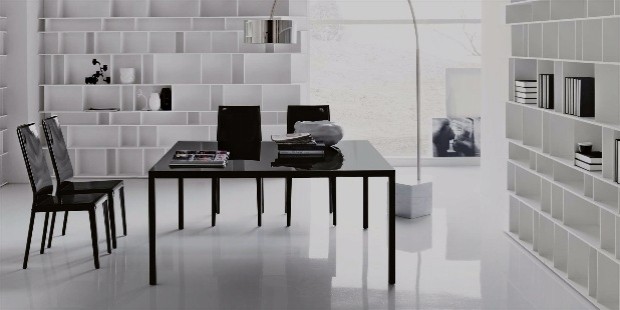
Planning offices when there’s a limited amount of space requires a considerable amount of prioritization in order to accomodate only the things that are needed. Moreover, small office spaces also require a bit of creativity and imagination to arrange all essential furnishings and equipment into their proper places without looking like they were all haphazardly crammed into every available square inch, nook, and cranny.
Infuse company branding
When you’re planning the look of your office, it’s important to think about the visual identity of the space which must correlate closely to the branding of your company. Simply put, this means that you are encouraged to incorporate your company’s image into the design whenever possible. This way, visiting clients will immediately understand what your business does based on the visual impressions they see upon walking into your office.
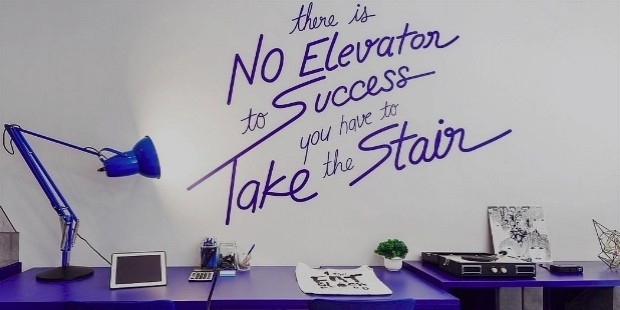
However, you have to be very careful about this particular step of the process because there is a tendency for most people to overplay their hand and end up with an office space that looks blatantly self-absorbed with their branding. A good way for you to be subtle with this approach is to utilize your distinctive company colors through decorative accents or accessories such as flower vases, portrait frames, or even ceiling installations.
Focus on budget and time constraints
The hallmark of a successful office space that combines form and function is how well you are able to execute your plans even when you are tight on your purse strings and pressed for time. Aside from the possible issue of limited floor space, you might also be faced with issues that concern the time and expense required to make sure that your workspace is fully transformed and operational without spending too much money and effort.
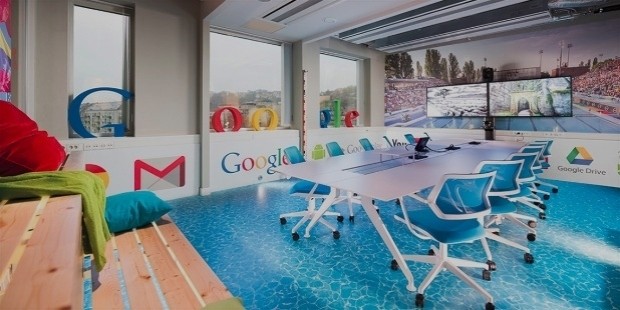
Being strategic with your interior design expenses is imperative since you shouldn’t waste money on things that your office doesn’t really need. Focus on funneling your resources into buying equipment and furnishings that are essential to the daily operations of your workspace. Additionally, you should make sure to organize everything in a timely manner so you won’t have to disrupt the daily timetable of your office for an extended period of time.
Give importance to flexibility
Depending on the type of industry that a company is categorized—whether manufacturing or media publishing—certain office spaces must conform to a stringent set of rules which are based on safety and efficiency reasons. While this is all well and good, the problem with this strict rule is that it doesn’t give any flexibility towards employees, especially if they need to coordinate with each other frequently as part of their day-to-day operations.
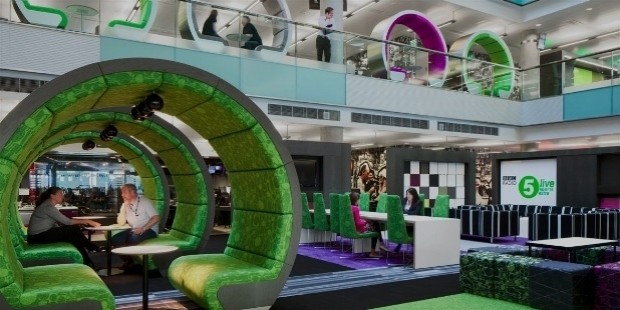
But just because your company is housed inside one dedicated building doesn’t mean that every single floor has to conform to the same set of rules. Bear in mind that companies have different departments and their workplace needs are completely different from each other. In this regard, you must be mindful of the fact that your company as a whole should be cohesively functional but that it must be flexible enough so that no two floors should look the same.
Make room for personalization
No matter how corporate or casual the image of a company may be, there’s always room for people to bring a little touch of personalization to their designated workspaces in an office environment. On the whole, most employees would prefer to style their desks, tables, or cubicle assignments with personalized decor and accessories so that it will give them a sense of comfort and control in an otherwise standardized and impersonal atmosphere.
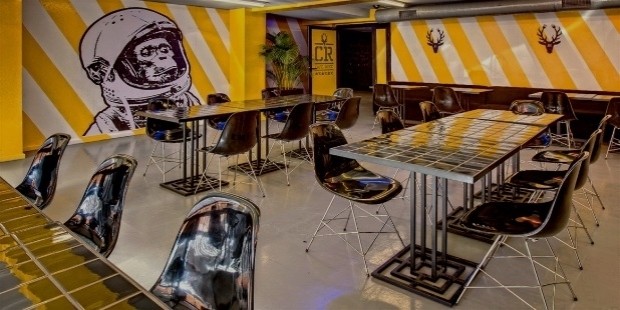
Taking ownership of your assigned work area shouldn’t go overboard with all the customized flourishes you can think of. Always remember that you have to still be respectful of the overall work environment so that your cubicle or desk will not stick out too much from everyone else. Simple little things to brighten your space such as a tastefully framed photograph of your loved ones perched next to your computer to a colorful metal wastebasket tucked discreetly underneath your table are good yet subtle examples.









